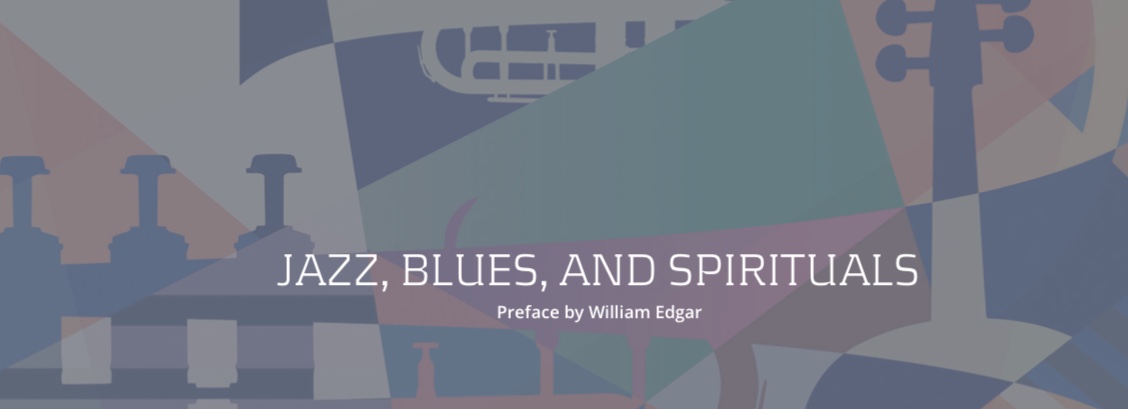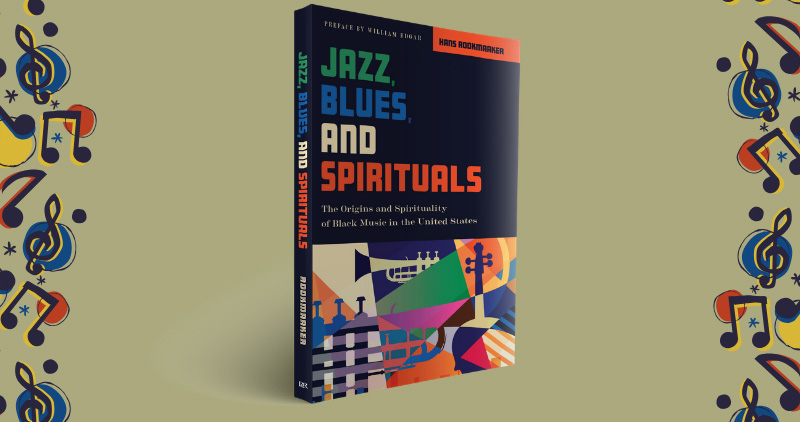
Jazz music leaves few people indifferent. When it first appeared, in the early twentieth century, some, especially white Americans, published screeds with titles such as “Unspeakable Jazz Must Go” or the racist “Why ‘Jazz’ Sends Us Back to the Jungle.”1 Others, including notable musicians and composers such as George Gershwin and Igor Stravinsky, embraced it with enthusiasm, finding it fresh and authentic. Maurice Ravel said he liked it better than high opera.
When it first appeared in 1960, Hans Rookmaaker’s book, written in Dutch, was a publishing event. It was a defense of this music before a public either hostile, or largely unaware of its beauties. Though his official position was professor of art history at the Free University of Amsterdam, Rookmaaker had already distinguished himself as an expert on the music of African Americans. He was the editor of the European edition of the great Riverside Records. The liner notes on these albums is worth their price in gold.
His work is scholarly and thorough, but it stems from his personal love for the music. He was once in our living room, and we only had a harpsichord, no piano, yet he requested I play “Honky Tonk Train Blues” by the great Meade Lux Lewis. When I was a student we had a jazz band and Hans was our mentor. His beloved wife, Anky, once told me he never studied or did much of anything without jazz music being played in the background on 78s or vinyls. He traveled often to the United States and there was able to meet with some of the greats, including Mahalia Jackson. His first meeting with his life’s colleague, Francis Schaeffer, was motivated by a hope to learn about jazz from an American.
This love comes across eloquently in these pages. And as we would expect from such a devotee his judgments are also abundant. Rookmaaker constantly reminds the reader not to evaluate the music according to the Western standards of “classical” music. He rails against sentimental “pseudo-jazz.” He believed there was a kind of “fall” from the purity of New Orleans jazz, as played by King Oliver in the early 1920s, to the more individualistic jazz of Chicago style, exemplified by Louis Armstrong. Rookmaaker has little time for modern jazz, as he thought it had been tainted by “Existentialism” and other humanistic philosophies.
The most authentic jazz is inspired by the Christian faith of many of its performers. Jazz originates in the church. It was there that spirituals were generated, inspired by the hymns of Isaac Watts and Charles Wesley. A high point in such music is the quartet styles, such as the Spirit of Memphis Quartet, with its close harmonies and biblical allusions. Duke Ellington wrote three sacred concerts to the glory of God. Even the blues, which are not played in church, carry a message of protest congenial to biblical prophecies. Before dismissing these views as wishful thinking, we need to read these pages respectfully and generously, humbly examining the evidence adduced. Rookmaaker has left few stones unturned. The book is a remarkable piece of ethnomusicology, and an even more remarkable piece of intellectual history.
We may be deeply grateful to the Rookmaaker family for giving us the green light on this republication. And very special thanks are due to the Case Family Properties Foundation for their support of this standalone volume. May it be an inspiration to many, in an age when music is so often anything but exquisite.
Jazz, Blues, and Spirituals: The Origins and Spirituality of Black Music in the United States, New Edition by Hans Rookmaaker


Comments